How to Make a Subway Map with John Tauranac
Hear from an author and map designer who has been creating maps of the NYC subway, officially and unofficially, for over forty years!


Imagine Paris and no doubt, your mind will instantly fill with sun-dappled images of Haussmann buildings and old-fashioned romance. But in truth, modern-day Paris offers much more than just vintage glamour. This is a city boasting an incomparable sense of old meeting new, offering some of the most stylishly modern architecture around. So without further ado, we take a look at some of the most intriguing and unusual buildings you’ll find in the City of Love.
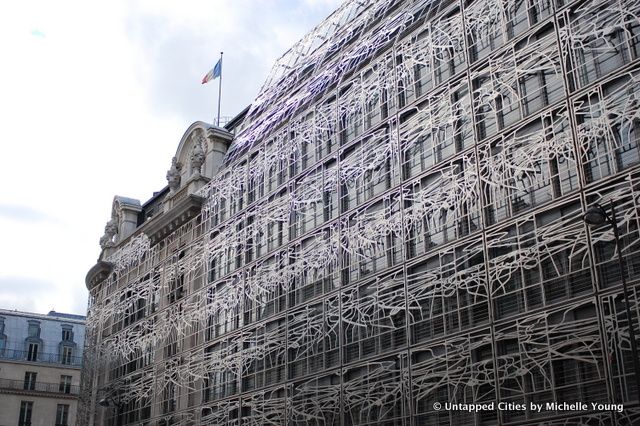
When the Ministry of Culture and Communication relocated their offices to two adjoining buildings near the Louvre in 2006, they faced one problem: the first building was a classic Parisian beauty built in 1919, whilst the second was a simple office block dating back to 1960. Tasked with creating a concept to combine the two in a way that would place equal importance on both, top architect Francis Soler wrapped both buildings in one unifying façade: a stylish metal lattice. Striking yet unobtrusive, the façade cleverly unites the two offices in the most simple of ways.
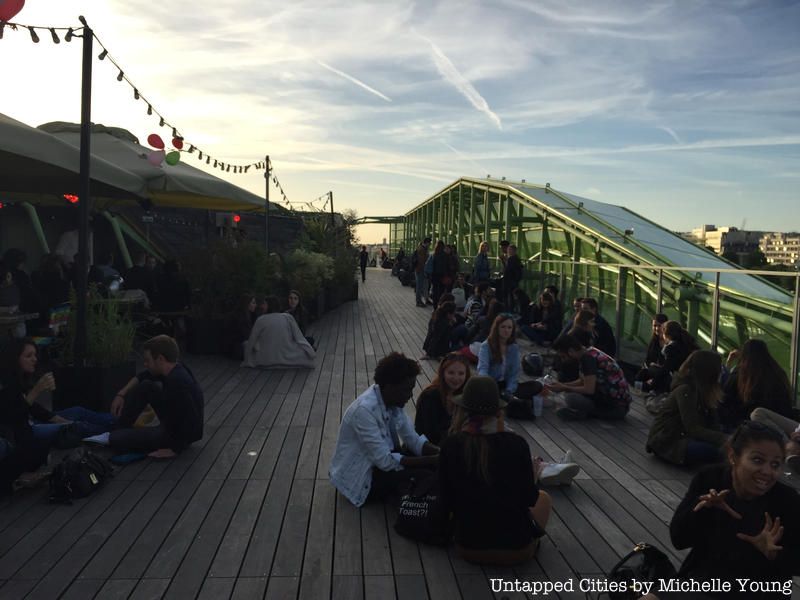
Dating back to 1907, Les Docks de Paris in the 13th arrondissement was one of the first reinforced concrete buildings to be constructed in the French capital. This very long and very thin warehouse was originally used to store goods transported along the river Seine by barge boat. However, in Paris-based architects Jakob + MacFarlane won a competition to revitalize the building as part of its transformation into a budding cultural centre and home of French fashion institute, Institut Français de la Mode. The pair chose to build a ‘plug over’, a green glass façade shaped like a wave and combined with wood, steel and a grassed roofscape. The result is truly something to behold.
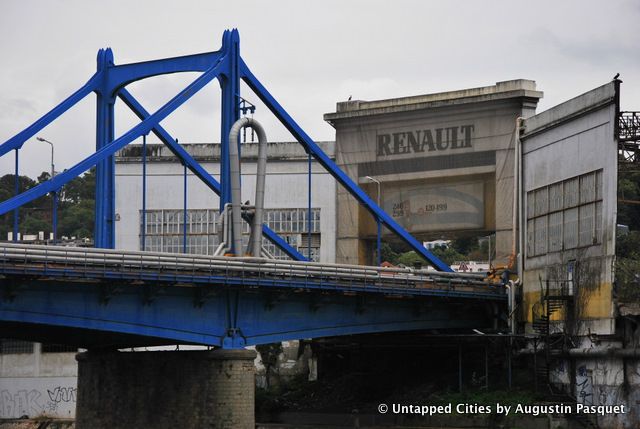
In between the west Parisian suburbs of Boulonge-Billancourt and Sèvres lies Île Seguin, an island perched right in the middle of the river Seine. Bought by Louis Renault in 1919, the island soon became home to the biggest factory in France, producing Renault cars until the last one wheeled its way onto dry land in 1992. The onset of 2005 saw the demolition of the last of the factory buildings – despite pleas that this important part of France’s industrial heritage should be saved. However, all is not lost as Pritzker prize-winning architect Jean Nouvel has plans well underway to transform the area into a smorgasbord of artistic possibilities. The cultural hub is set to be home to the likes of a music venue, a concert hall, an art gallery and a four-hectare garden boasting an array of restaurants and fashion boutiques.
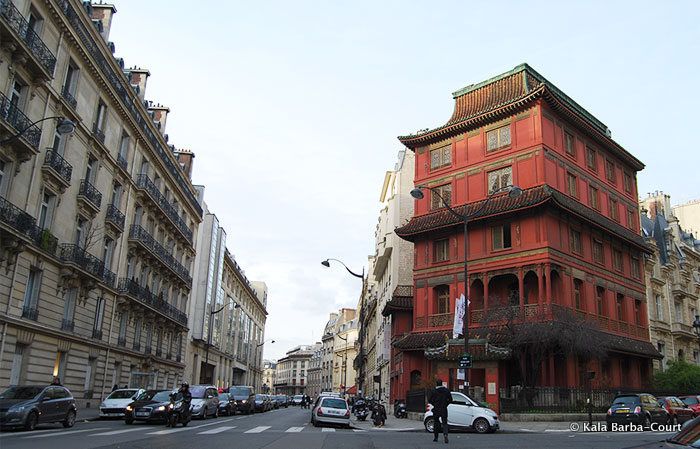
Step onto Paris’ rue de Babylon and you’d be forgiven for thinking that you’ve instantly been transported right into the world of ancient Japan. It belonged to the Chinese art dealer Mr. Ching Tsai Loo. He purchased the private manor on Rue de Courcelles in 1925, originally a Louis-Philippe style hotel particulier, and turned it into what it is today – a pagoda in the heart of Paris – with the help of the French architect Francois Bloch. It served as Mr. Loo’s family residence and as his gallery, Galerie C.T. Loo & Cie., filled with paintings, art objects, furniture, and porcelain for over 50 years. Purchased by a private investor in 2010, its doors are once more open to the public after a renovation.
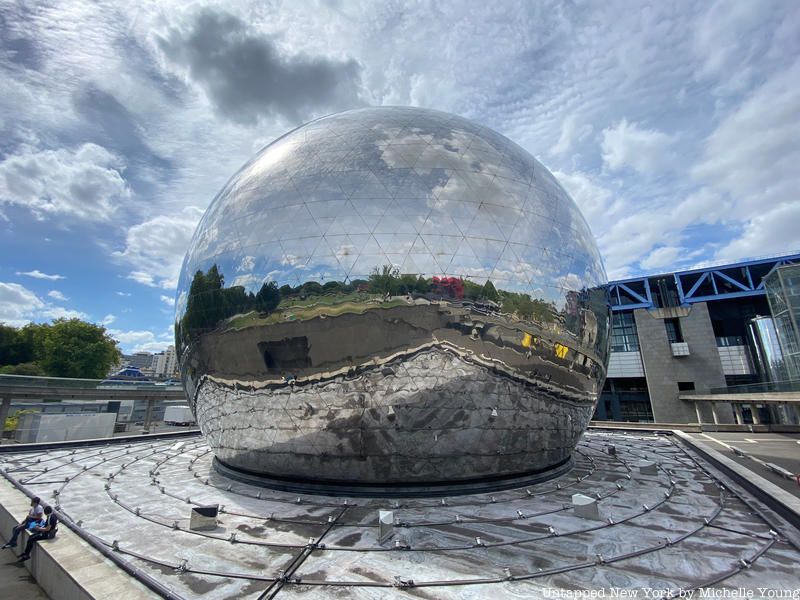
Perhaps the most recognisable part of the 19th arrondissement’s Parc de la Villette and certainly one of the most memorable. La Géode is the park’s resident giant mirror ball. Officially described as a ‘mirror-finished geodesic dome’, La Géode is the stylish home of the Omnimax IMAX cinema hidden inside. Designed by engineer Gérard Chamayou and architect Adrien Fainsilber, La Géode stands at 36 metres (118 feet) in diameter, was built in 1985 and is made up of 6,433 equilateral triangles of polished stainless steel. In other words: whatever the weather when you decide to visit Parc de la Villette, La Géode is sure to reflect some spectacular views back at you.
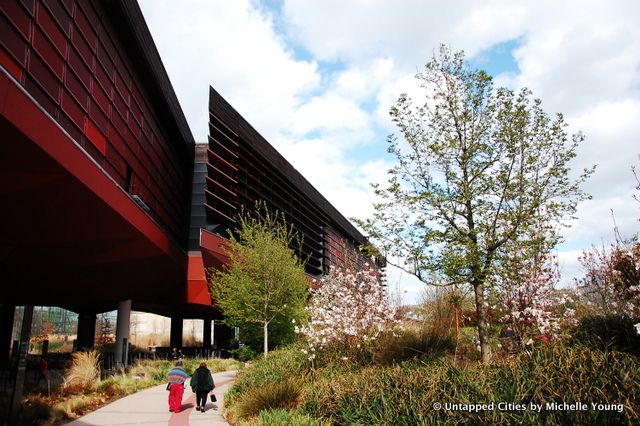
Perched in the 7th arrondissement with views looking out at the Eiffel tower, Musée de quai Branly is one of the most stylish museums in Paris. Housing indigenous art and culture from the ancient civilisations across every continent, the museum building is contrastingly modern. Designed by architect Jean Nouvel, the building features glass walls on the inside and a 200m wide ‘green wall’ made up of vertically planted greenery on the outside. Facing directly out onto quai Branly, a tall glass wall ensures that the museum’s front gardens are magically quiet, despite overlooking the busy street.
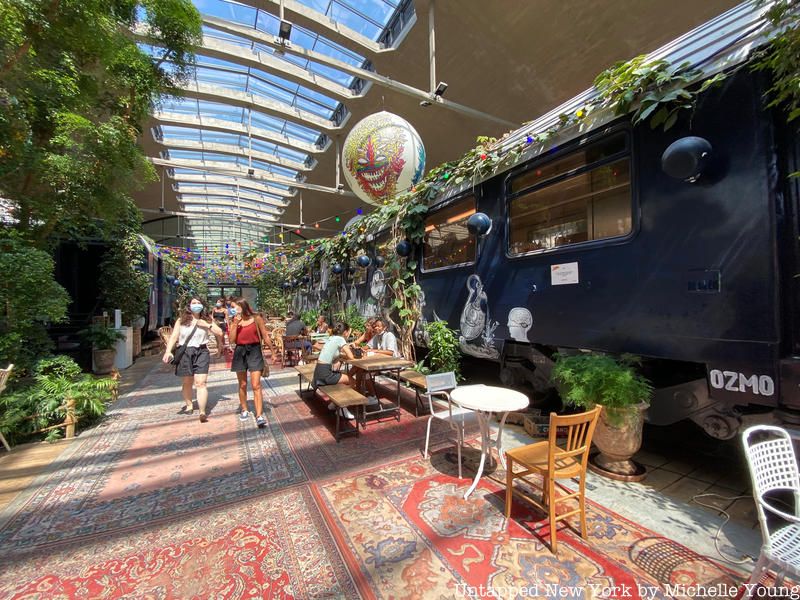
Built in 1920, the Halle Freyssinet building started out in life as a freight train station – but from 2016, its new phase will begin as the world’s largest digital business incubator with room to house over 1,000 start-ups. Architect Jean-Michel Wilmotte is in charge of the building’s reincarnation that will provide an array of business functions, including business-meeting rooms, areas for co-working, a spacious auditorium and a restaurant and bar open 24 hours a day. Situated on the south bank of the river Seine, the venture is backed by the Municipality of Paris with financing from Caisse des Dépôts et Consignations and French entrepreneur, Xavier Nile.
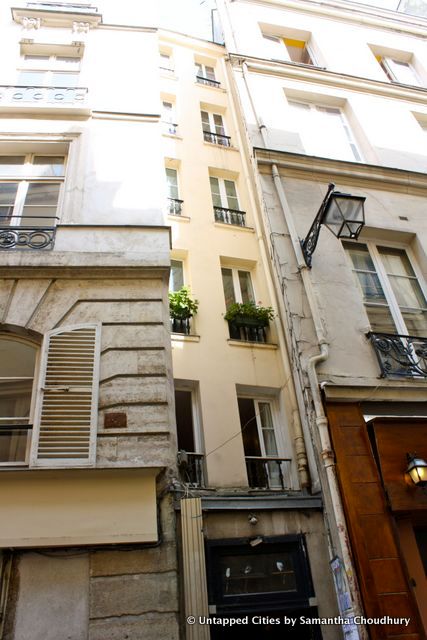
Head to Paris’ Latin Quarter and you’ll be greeted with more than just winding streets and old-fashioned boutiques, because herein also lies a building that lays claim to the title of the narrowest home in the French capital. At ten metres tall and just one metre wide, 22 rue Saint-Severin was most likely built to simply fill the gap between the two buildings on either side of it. However, these days it’s become something of a mini tourist hotspot, no doubt helped by the presence of its famous former resident, 18th century French novelist, Abbé Prévost. Read about more of the city’s shortest streets and smallest buildings here.
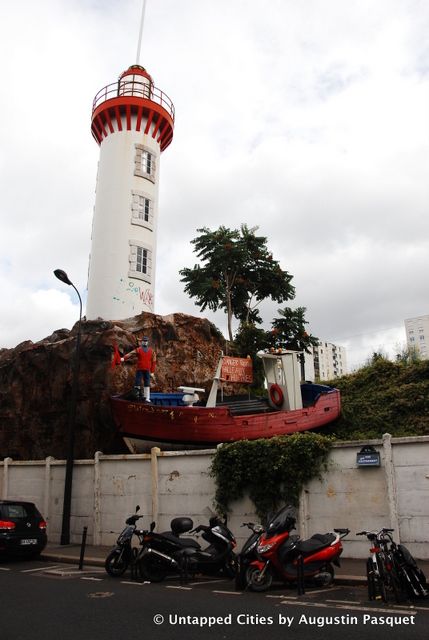
Far from the western seashores of France, on a street near the Montparnasse train station looms a lighthouse atop a craggy rock! A fisherman’s boat semiotically signifies the use of this incongruous structure: a fish market called “La Criée du Phare” is concealed beneath the lighthouse. Check out inside here.
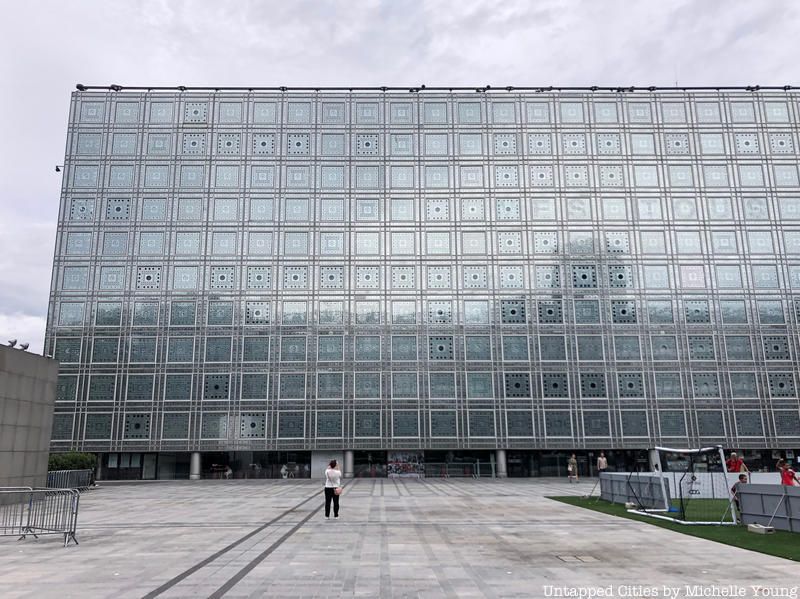
An estimated 4 to 7 million of France’s residents are thought to have Arabic roots and with this fact in mind, Paris seems a natural place for L’Instituit du Monde Arabe (the Arab World Institute), an organisation helping to research and promote cultural and spiritual values across 18 Arabic countries. Built from 1981 to 1987, the building in itself is an architectural wonder and the proud recipient of the Aga Khan Award for Architecture in 1989. The southwestern side of the building is clad entirely in glass, behind which lies a metallic screen with 240 moving geometric pieces. The pieces are actually photosensitive shutters that open and close to control the light and heat entering the building from the sun. The idea is that this mechanism creates filtered light inside of the building, an authentic effect often used in Islamic architecture.
Get in touch with the author @josiemsampson. Additional reporting by Kala Court and Michelle Young.
Subscribe to our newsletter